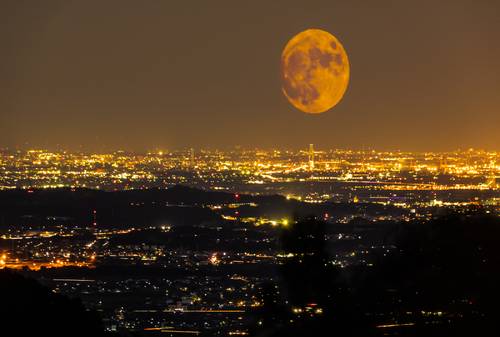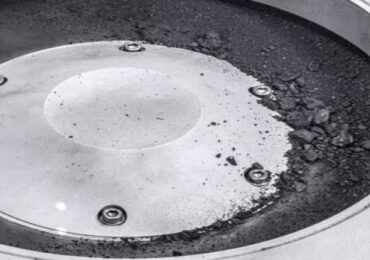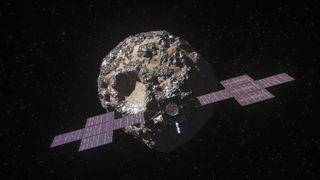Attention, stargazers! Brace yourselves for the grand celestial spectacle as the final supermoon of 2023 graces the night sky tonight. This magnificent event, known as the Full Harvest Moon, follows a series of extraordinary celestial displays over the past few weeks, including a rare double supermoon and the dazzling Perseid meteor shower.
Tonight, on Thursday, September 28th, and Friday, September 29th, you can witness the last supermoon of the year. In 2023, we’ve been treated to a quartet of supermoons, with one in July, two in August, and this closing spectacle in September.
Supermoons are captivating occurrences when the moon aligns with or closely approaches perigee, the point in its orbit nearest to Earth. At its closest, the moon is just 225,804 miles (363,396 km) away from our planet. A super full moon is akin to a standard full moon, but it shines a third brighter and appears up to 14 percent larger, rendering it a breathtaking sight, particularly for seasoned skywatchers.
During this particular event, the moon rises earlier than usual, minimizing the gap between the sun setting and the moon ascending. In the northern hemisphere, this week’s final supermoon is known as the ‘Harvest Moon,’ coinciding with the September equinox. In times when people relied on manual harvesting, this luminous supermoon provided vital illumination after sunset, offering precious extra time for gathering crops before winter.
The supermoon reaches its full brilliance at 09:57 UTC (or 05:57 EST) on Friday, September 29th. For those in the western hemisphere, the best viewing time is in the early hours of Friday morning, just before the moon sets in the west. Even before reaching full illumination, it will be an awe-inspiring and expansive sight as it ascends in the eastern sky on Thursday night.
For observers in the eastern hemisphere, the prime viewing opportunity will be Friday evening as the moon rises. To fully savor the supermoon’s grandeur, seek a location with minimal artificial light and, hopefully, clear skies.
As the night deepens, keep an eye out for Saturn and Jupiter, which should be visible alongside the supermoon, as noted by Matt Woods from the Perth Observatory. The supermoon is most captivating when it appears near the horizon during its ascent or descent, creating an optical illusion that makes it appear larger when compared to other reference points.
According to one definition, next year will bring just two supermoons—one on September 18th and another on October 17th. So, seize the opportunity this week, and don’t forget to gaze skyward to relish this spectacular celestial display.






